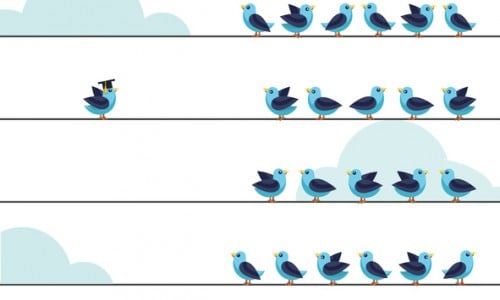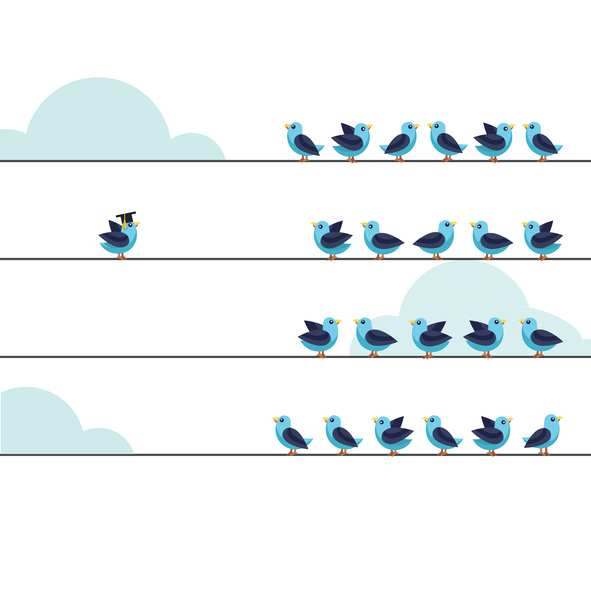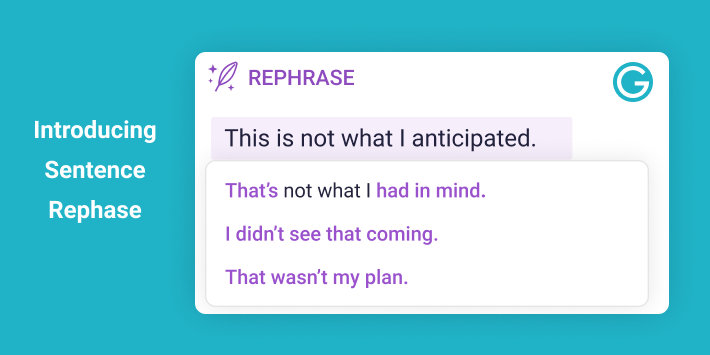Guest post written by Carla D. Bass.
 Pfshew! After considerable effort, you’ve finally completed that draft document. A cursory proofreading and you’re done, right? Absolutely not … Three critical steps stand between you and success … revision, editing, and proofreading. That application for a grant, submission to a request for proposal, response to a congressional inquiry, essay for the college application, or other product by which you hope to influence the audience … all depend on how effectively you complete these steps.
In completing the initial draft, you’ve presented yourself with a lump of damp clay … congratulations. I state that with utmost sincerity, because you succeeded in creating something – a place to start. You must now painstakingly mold that clay … your draft … into the final art form ready for display … or the written product to present to your audience.
Step 1 -- Revision:
Take a breather, step away from the draft, then return later for a fresh review. Examine it objectively using criteria such as those listed below delineated in a three-step, sequential process: revision, editing, and proofreading. These are neither synonymous nor simultaneous. Each serves a different purpose.
Continuing the sculpting analogy, the artist first molds the clay into the general form desired – little push here, little pull there, add or remove clay, shaping as needed, and continuing until the image emerges. The artist then steps away and allows the clay to dry bit.
This equates to your revision, the overall, substantive review of product. Begin by outlining the draft; some call this technique, “the reverse outline.” Identify the skeletal structure: the title, thesis, main points, topic sentences, supporting data, and conclusion. Consider the following:
Pfshew! After considerable effort, you’ve finally completed that draft document. A cursory proofreading and you’re done, right? Absolutely not … Three critical steps stand between you and success … revision, editing, and proofreading. That application for a grant, submission to a request for proposal, response to a congressional inquiry, essay for the college application, or other product by which you hope to influence the audience … all depend on how effectively you complete these steps.
In completing the initial draft, you’ve presented yourself with a lump of damp clay … congratulations. I state that with utmost sincerity, because you succeeded in creating something – a place to start. You must now painstakingly mold that clay … your draft … into the final art form ready for display … or the written product to present to your audience.
Step 1 -- Revision:
Take a breather, step away from the draft, then return later for a fresh review. Examine it objectively using criteria such as those listed below delineated in a three-step, sequential process: revision, editing, and proofreading. These are neither synonymous nor simultaneous. Each serves a different purpose.
Continuing the sculpting analogy, the artist first molds the clay into the general form desired – little push here, little pull there, add or remove clay, shaping as needed, and continuing until the image emerges. The artist then steps away and allows the clay to dry bit.
This equates to your revision, the overall, substantive review of product. Begin by outlining the draft; some call this technique, “the reverse outline.” Identify the skeletal structure: the title, thesis, main points, topic sentences, supporting data, and conclusion. Consider the following:
 Pfshew! After considerable effort, you’ve finally completed that draft document. A cursory proofreading and you’re done, right? Absolutely not … Three critical steps stand between you and success … revision, editing, and proofreading. That application for a grant, submission to a request for proposal, response to a congressional inquiry, essay for the college application, or other product by which you hope to influence the audience … all depend on how effectively you complete these steps.
In completing the initial draft, you’ve presented yourself with a lump of damp clay … congratulations. I state that with utmost sincerity, because you succeeded in creating something – a place to start. You must now painstakingly mold that clay … your draft … into the final art form ready for display … or the written product to present to your audience.
Step 1 -- Revision:
Take a breather, step away from the draft, then return later for a fresh review. Examine it objectively using criteria such as those listed below delineated in a three-step, sequential process: revision, editing, and proofreading. These are neither synonymous nor simultaneous. Each serves a different purpose.
Continuing the sculpting analogy, the artist first molds the clay into the general form desired – little push here, little pull there, add or remove clay, shaping as needed, and continuing until the image emerges. The artist then steps away and allows the clay to dry bit.
This equates to your revision, the overall, substantive review of product. Begin by outlining the draft; some call this technique, “the reverse outline.” Identify the skeletal structure: the title, thesis, main points, topic sentences, supporting data, and conclusion. Consider the following:
Pfshew! After considerable effort, you’ve finally completed that draft document. A cursory proofreading and you’re done, right? Absolutely not … Three critical steps stand between you and success … revision, editing, and proofreading. That application for a grant, submission to a request for proposal, response to a congressional inquiry, essay for the college application, or other product by which you hope to influence the audience … all depend on how effectively you complete these steps.
In completing the initial draft, you’ve presented yourself with a lump of damp clay … congratulations. I state that with utmost sincerity, because you succeeded in creating something – a place to start. You must now painstakingly mold that clay … your draft … into the final art form ready for display … or the written product to present to your audience.
Step 1 -- Revision:
Take a breather, step away from the draft, then return later for a fresh review. Examine it objectively using criteria such as those listed below delineated in a three-step, sequential process: revision, editing, and proofreading. These are neither synonymous nor simultaneous. Each serves a different purpose.
Continuing the sculpting analogy, the artist first molds the clay into the general form desired – little push here, little pull there, add or remove clay, shaping as needed, and continuing until the image emerges. The artist then steps away and allows the clay to dry bit.
This equates to your revision, the overall, substantive review of product. Begin by outlining the draft; some call this technique, “the reverse outline.” Identify the skeletal structure: the title, thesis, main points, topic sentences, supporting data, and conclusion. Consider the following:
- Does your draft match your original outline?
- If not, why not? Is your revision to the original outline warranted?
- Did you find information gaps in your draft; where should you add more? Did you include any unnecessary tangents?
- Know your audience; tailor your product accordingly
- Address issue(s)/question(s)/concerns of the audience
- Use form and style appropriate to the product/audience
- State goal/purpose clearly
- Define terms
- Sequence information logically; rearrange or delete, as necessary
- Provide supporting evidence for all positions addressed
- Anticipate/respond to questions not posed
- Organize and connect sections
- Identify/respond to counter arguments objectively and factually
- Present balanced, logical arguments
- Eliminate tangential information
- Extend or limit concepts
- Eliminate bureaucratic blather (imprecise, convoluted, run-on sentences)
- Complete the circle: harmonize the opening and conclusion
- Application of Word Sculpting tools (from “Write to Influence!”)
- Clarity of title
- Overly repeated, mis-used, or overly used words
- Sentence structure and syntax
- Rhythm and flow (sentence to sentence and paragraph to paragraph)
- Accuracy of cited references
- Length of document (i.e., number of pages or words)
- Read your draft slowly and aloud. This is an important and different dimension to editing. Listen … You will hear how words flow … or don’t, identify thoughts that simply don’t connect, and catch words that are excessively repeated.
- Read the paper backwards. This will help preclude substantive distraction.
- Look for errors – one variety at a time. You risk losing focus when trying to identify too many kinds of errors simultaneously.
- Circle and validate every punctuation mark. As you circle, verify that the punctuation is correct. [My note: This solves only half of the problem. Why? It doesn’t highlight punctuation you neglected to include.]
- Sentence structure
- Grammar (e.g., verb tense and punctuation)
- Spelling, typos, use of quotations
- Accuracy of citations

